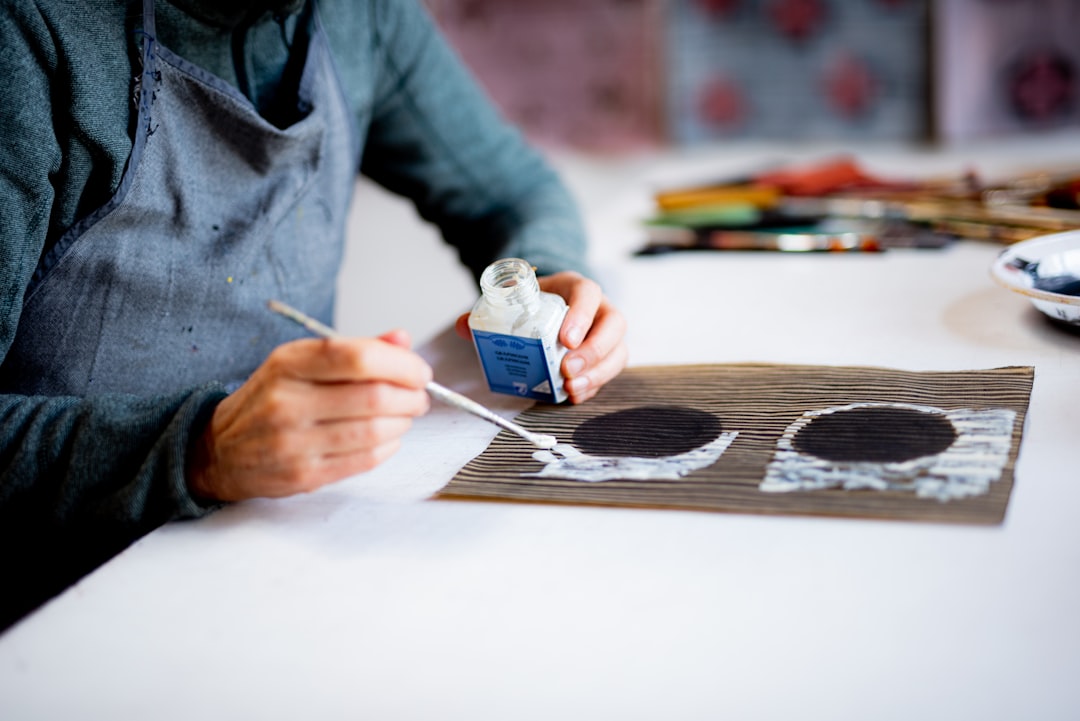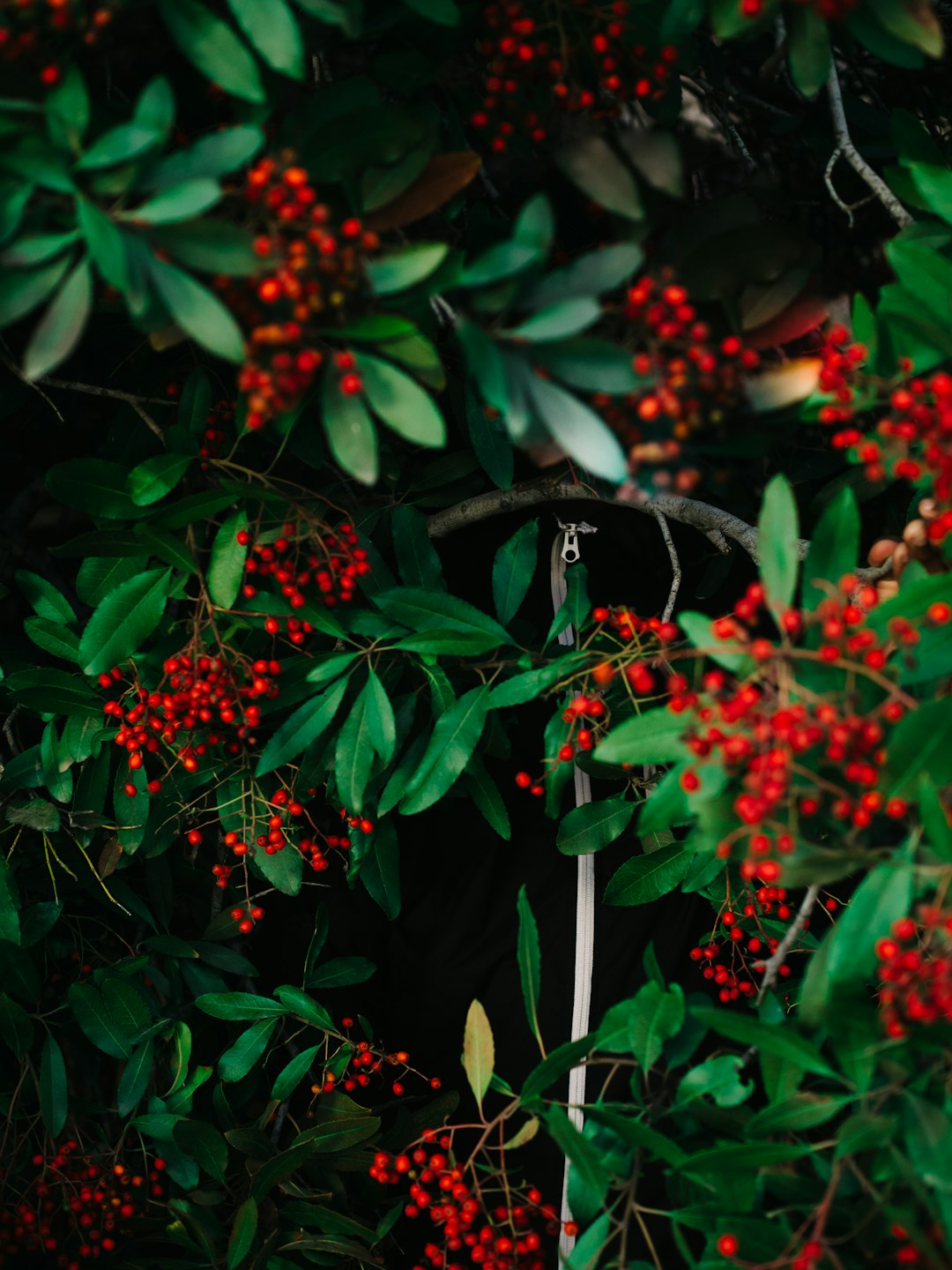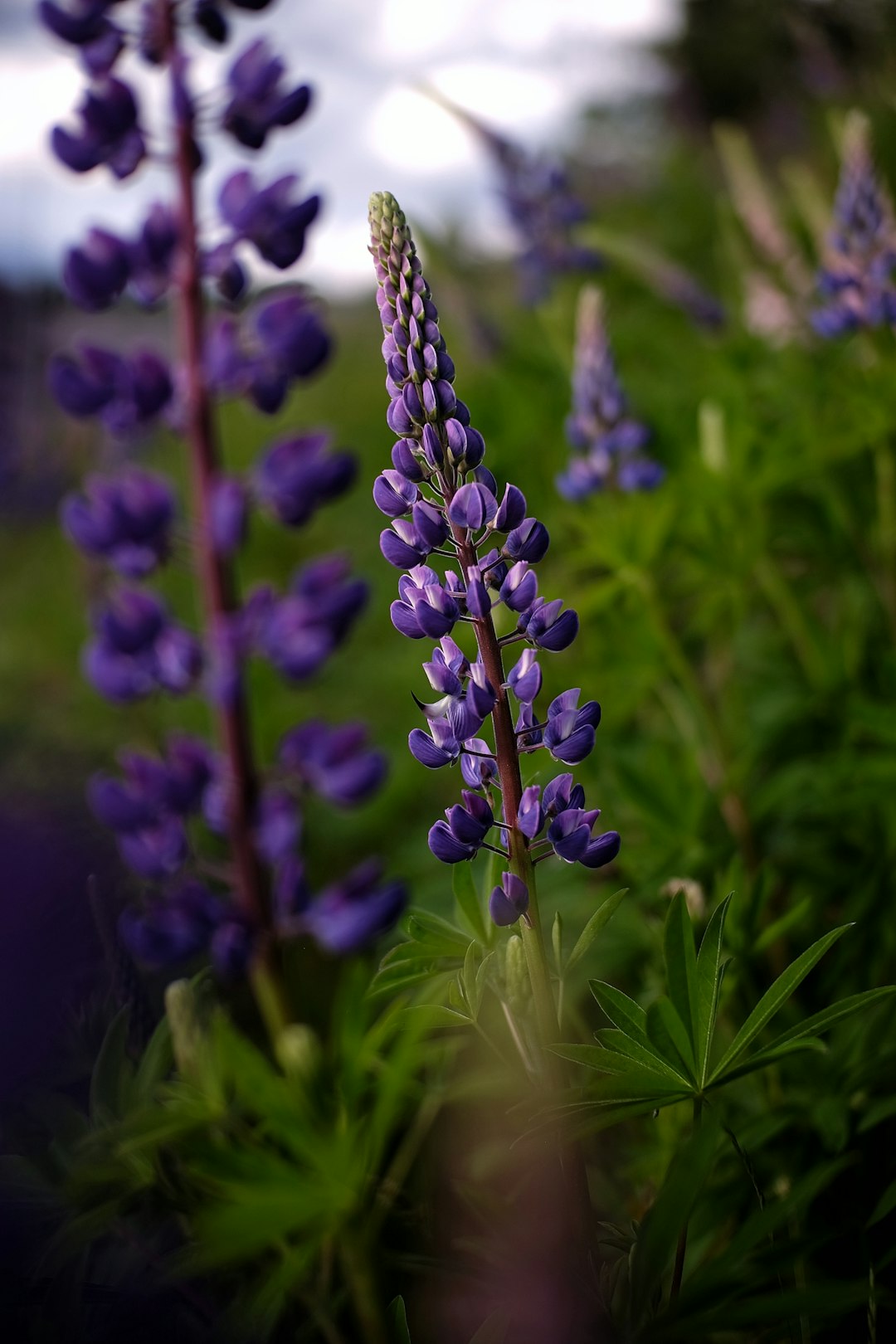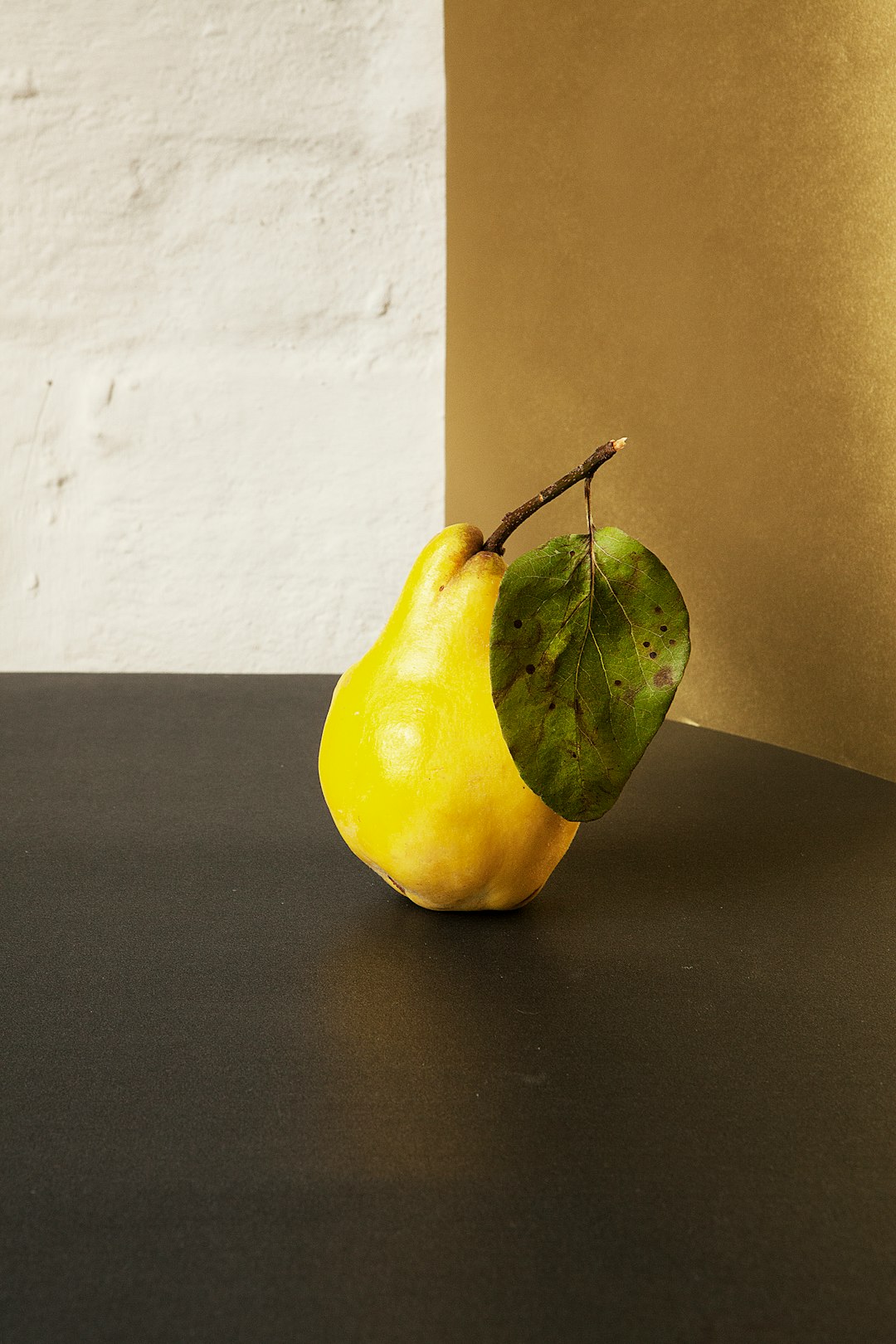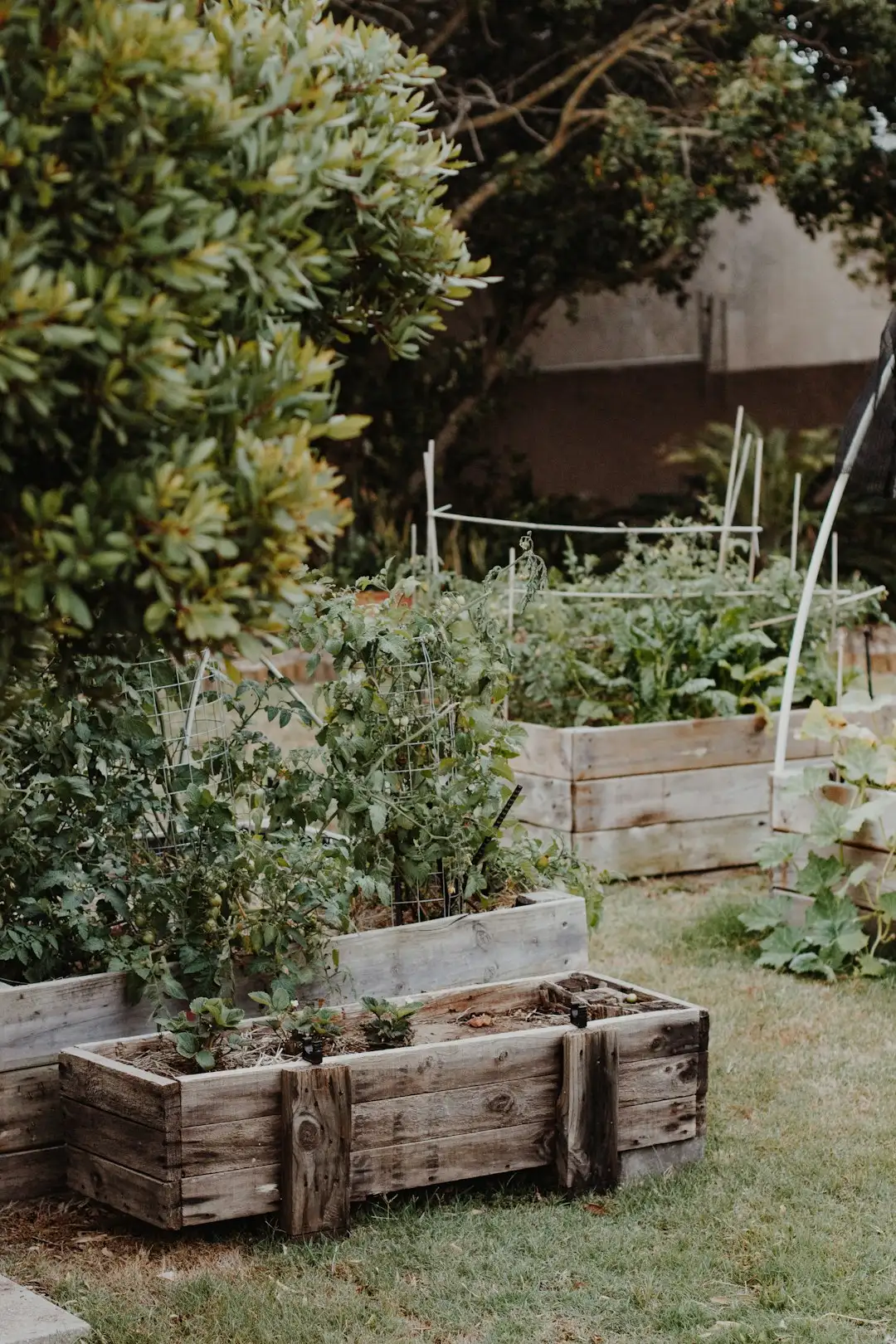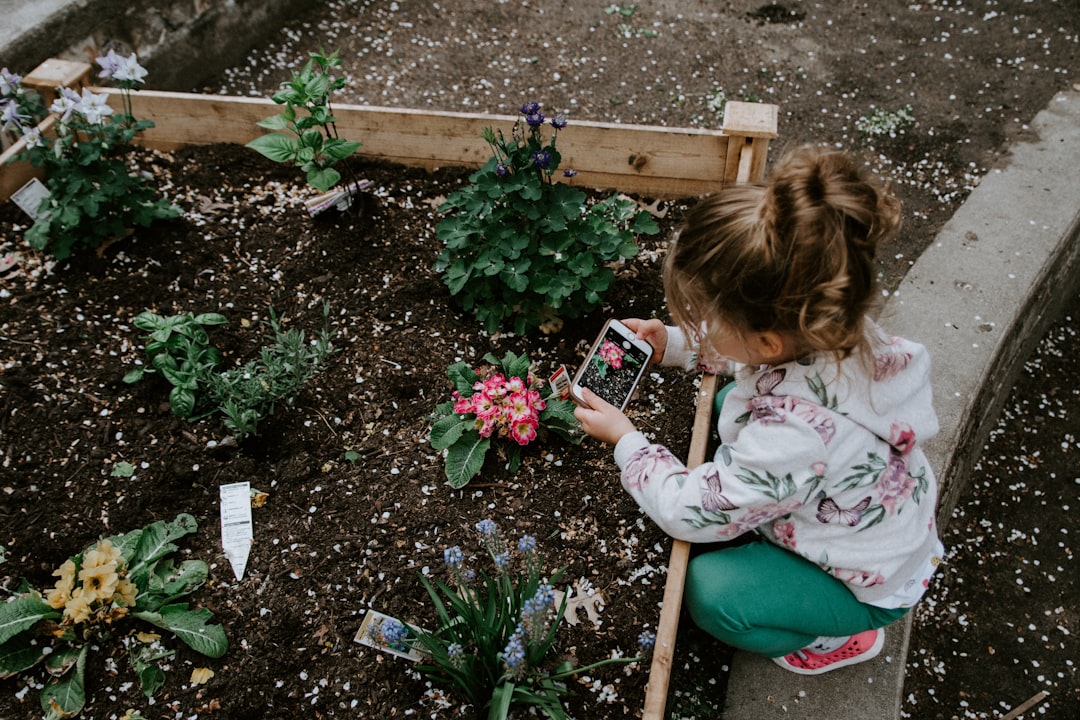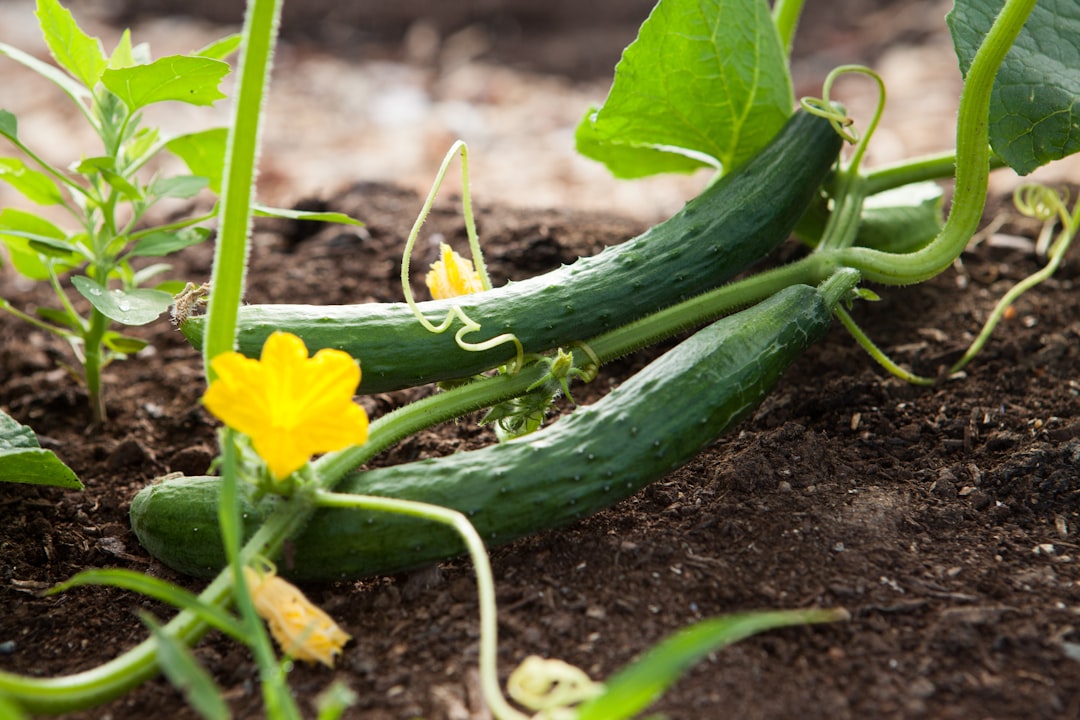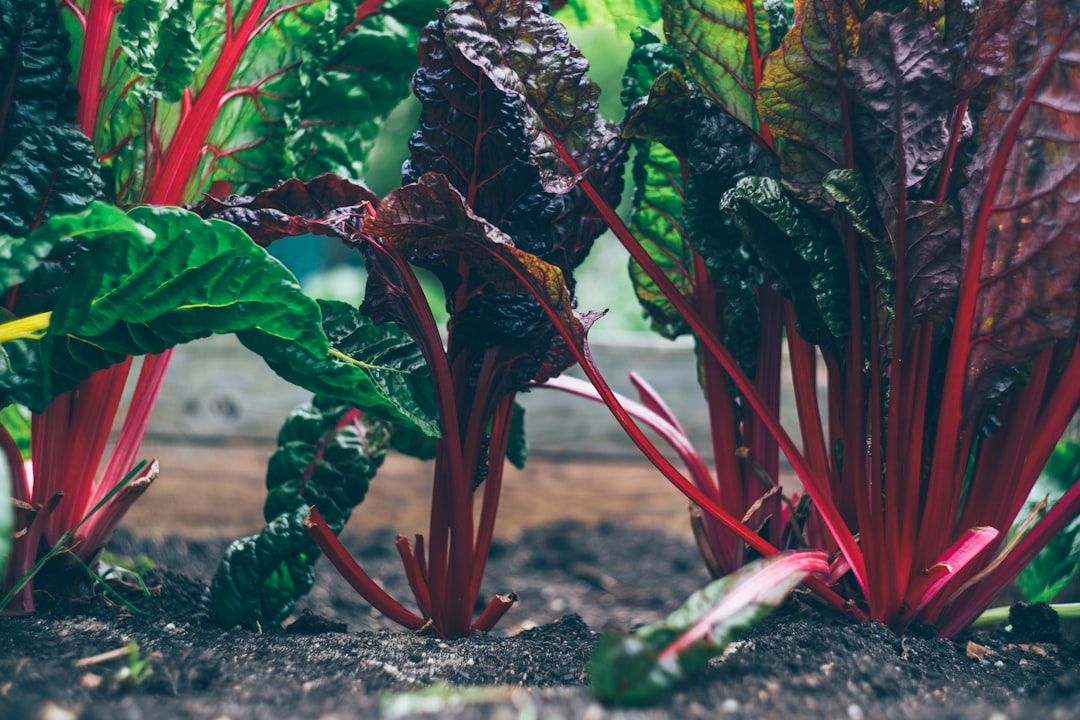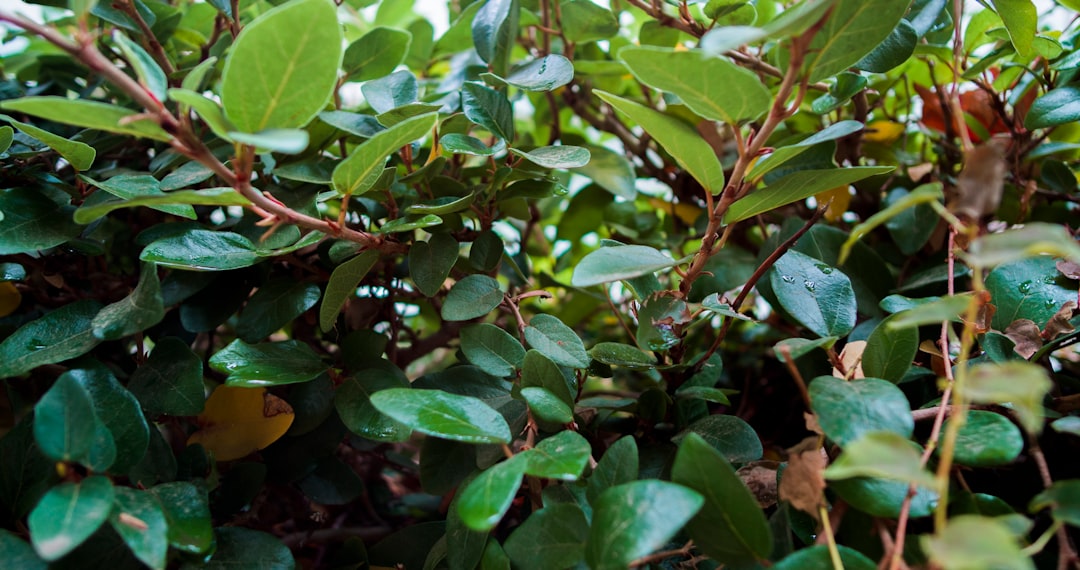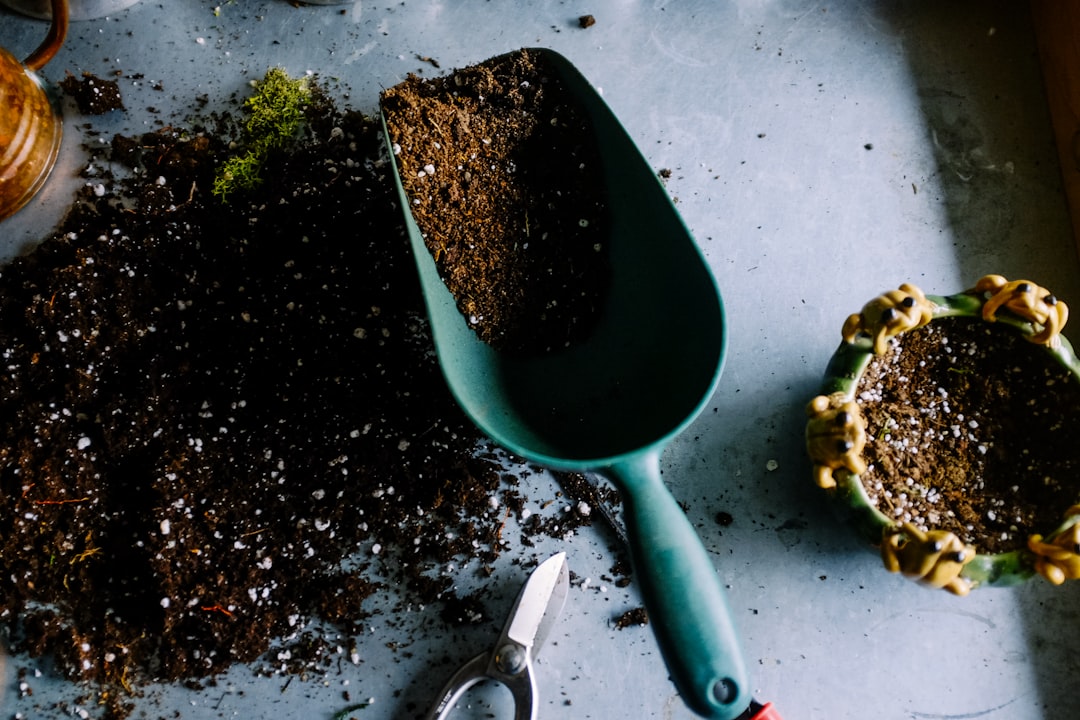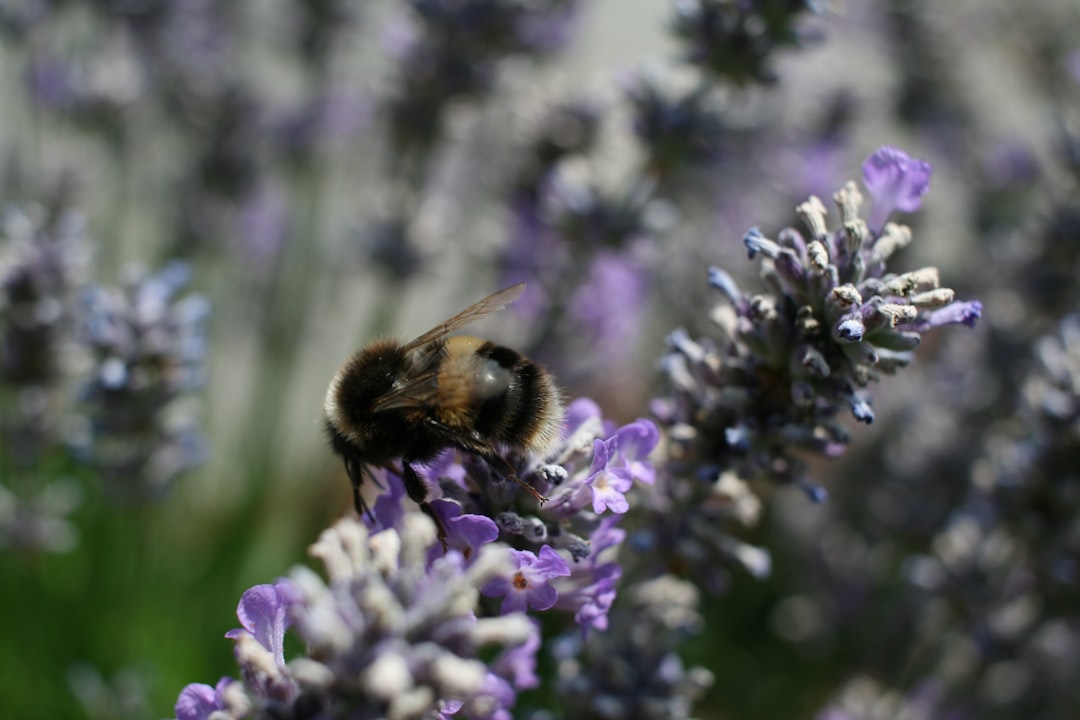
Annuals are a delightful addition to any garden, and the wishbone flower is no exception. With its charming blooms and versatility, it has become a favorite among gardeners. In this article, we will explore essential tips for growing wishbone flower, whether you choose the trailing or upright varieties, and whether you plant them in the ground or in containers.
### Understanding the Wishbone Flower
The wishbone flower, scientifically known as Torenia fournieri, is a native of Southeast Asia. It is characterized by its trumpet - shaped flowers that come in a variety of colors, including blue, purple, pink, and white. The name “wishbone flower” comes from the shape of its stamens, which resemble a wishbone.
### Choosing the Right Location
One of the first steps in growing a healthy wishbone flower is selecting the appropriate location. These flowers thrive in partial shade. While they can tolerate some morning sun, too much direct sunlight, especially during the hot afternoon hours, can cause the leaves to wilt and the flowers to fade prematurely. If you are planting them in a garden bed, look for a spot under the dappled shade of a tree or on the east - facing side of a building. For container gardening, you can move the pots to a shadier location as needed throughout the day.
### Soil Requirements
Wishbone flowers prefer well - drained, fertile soil. A soil that is rich in organic matter is ideal. You can amend your garden soil with compost or well - rotted manure before planting. This not only enriches the soil but also improves its drainage. If you are using containers, choose a high - quality potting mix that is formulated for annual flowers. The potting mix should be light and airy, allowing the roots to breathe and grow freely.
### Planting Wishbone Flowers
When it comes to planting wishbone flowers, you have two options: starting from seeds or using transplants. If you choose to start from seeds, sow them indoors about 6 - 8 weeks before the last frost date. Sprinkle the seeds on the surface of a seed - starting mix and lightly press them in. Keep the soil moist and at a temperature of around 70°F (21°C). The seeds usually germinate within 7 - 14 days. Once the seedlings have developed a few sets of true leaves, you can transplant them outdoors. If you opt for transplants, purchase them from a reputable nursery. Space the plants about 6 - 12 inches apart, depending on the variety, to allow for proper air circulation and growth.
### Watering
Proper watering is crucial for the health of wishbone flowers. They like to be kept evenly moist but not waterlogged. Water the plants deeply at the base, rather than overhead, to prevent fungal diseases. During hot and dry periods, you may need to water more frequently. However, always check the soil moisture before watering. Stick your finger about an inch into the soil; if it feels dry, it's time to water. In container gardening, the soil may dry out more quickly, so monitor the moisture levels closely.
### Fertilizing
To encourage abundant blooms, wishbone flowers benefit from regular fertilizing. Use a balanced, water - soluble fertilizer every 2 - 3 weeks during the growing season. Follow the instructions on the fertilizer package for the correct dosage. Over - fertilizing can lead to excessive foliage growth at the expense of flowers, so be careful not to overdo it.
### Pruning and Deadheading
Pruning and deadheading are important maintenance tasks for wishbone flowers. Deadheading, which is the removal of spent flowers, encourages the plant to produce more blooms. Simply pinch off the faded flowers at the base of the stem. You can also prune back any leggy or overgrown branches to promote a bushier growth habit. This will make the plant look more attractive and healthy.
### Pests and Diseases
Wishbone flowers are generally resistant to most pests and diseases. However, they can be susceptible to aphids, spider mites, and powdery mildew. To prevent pest infestations, keep the plants healthy and well - watered. You can also use insecticidal soap or neem oil to control aphids and spider mites. For powdery mildew, ensure good air circulation around the plants and avoid overhead watering. If necessary, use a fungicide according to the instructions on the label.
### Trailing and Upright Varieties
Both trailing and upright varieties of wishbone flowers have their own unique charm. Trailing varieties are perfect for hanging baskets, window boxes, and cascading over the edges of containers. They create a beautiful, flowing effect. Upright varieties, on the other hand, are great for garden beds and borders. They add height and structure to the landscape. Whether you choose a trailing or upright variety, the growing tips remain largely the same.
In conclusion, growing wishbone flowers can be a rewarding experience. By following these essential tips, you can enjoy a vibrant display of these lovely annuals in your garden or containers. With their beautiful flowers and relatively easy care requirements, wishbone flowers are sure to bring joy and color to your outdoor space.
New






